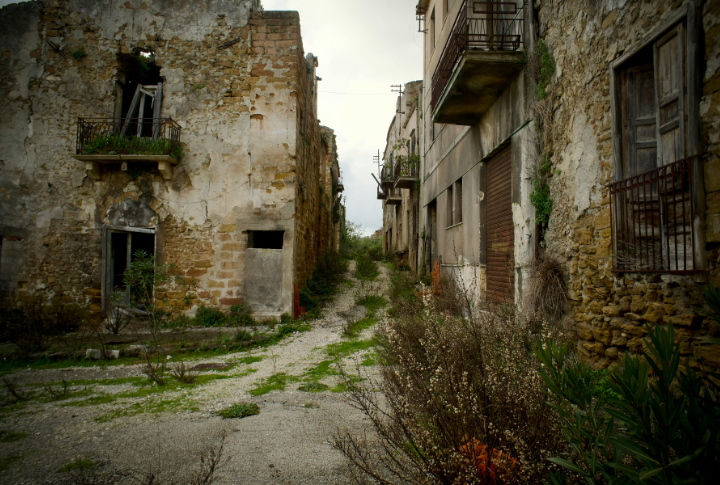
Ever seen a town once filled with life, now eerily silent, with abandoned homes and streets? Shrubs and creepers, once again, claiming back the land? These places were thriving just a few years ago, but something changed. If you’re curious about what made people leave, keep reading. Some reasons are stranger than you think.
Craco, Matera, Italy
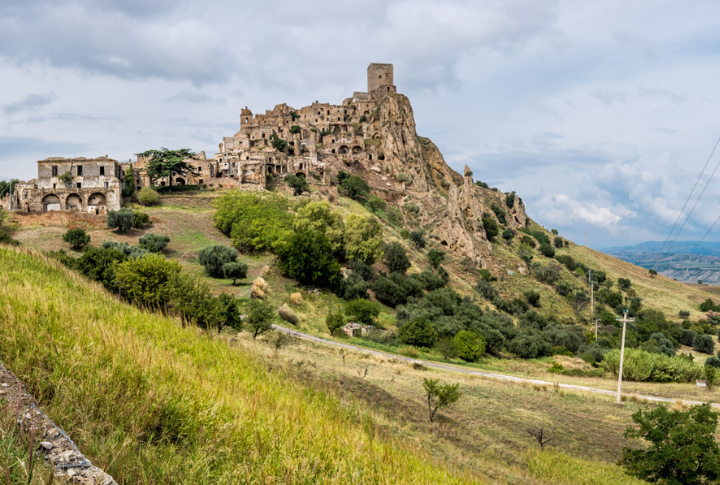
Once a thriving medieval village, it was abandoned in the 1960s due to frequent landslides and a devastating earthquake. Perched on a cliff, Craco was built with stone houses, a towering castle from the 13th century, and a network of narrow alleyways winding through the village.
Shamrock, USA

Shamrock was designed to be a bustling stop for travelers along Route 66. Its gas stations and diners should have been busy, welcoming tourists and locals alike. But when the highway rerouted, business slowed down. Now, the town stands nearly deserted. A ghost of what could have been, with neon signs flickering in the wind.
Consonno, Italy
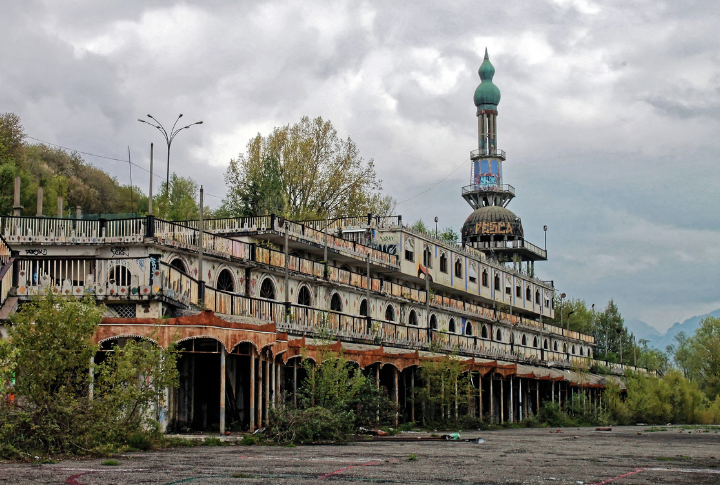
The abandoned village’s crumbling buildings and overgrown streets are haunted by a dream that never took off. Consonno was once envisioned as a vibrant, Italian version of Las Vegas, complete with casinos, hotels, and even amusement parks. But the project came to a sudden halt in the early 1970s due to financial problems and legal battles.
Tianducheng, China
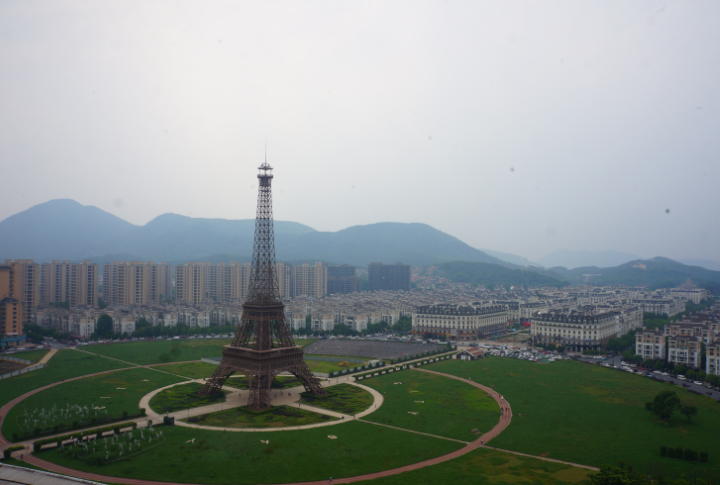
Tianducheng lacked the essential services and employment opportunities necessary to sustain a large population. While the Eiffel Tower replica and wide boulevards were impressive, the absence of industries, jobs, and an established community discouraged people from moving there. Without the economic foundation to support daily life, it couldn’t attract enough residents to flourish.
Skrunda-1, Soviet Town, Latvia
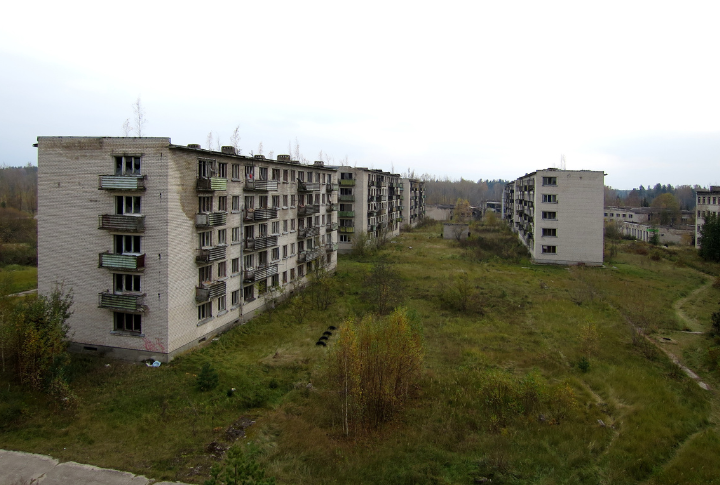
Built during the Cold War to house radar installations, Skrunda-1 was abruptly vacated after the Soviet Union collapsed. It was a highly classified Soviet radar station, one of the most important in the Western USSR. The town had apartment blocks, a school, and even a cultural center for the families of military personnel.
Ordos Kangbashi, China

A futuristic cityscape lies empty, towering buildings surrounded by deserted streets. Designed to house over a million people, Ordos Kangbashi has failed to attract the population it needs. Many people didn’t see it as a viable place to live and work, especially with other major cities in China offering more established employment markets.
Kilamba New City, Angola

The development in Kilamba was halted due to high real estate prices that left many locals unable to afford the new homes. Designed by Chinese developers, Kilamba was meant to house half a million people in over 750 apartment buildings, complete with schools and shopping centers.
Naypyidaw, Myanmar

Naypyidaw was built from scratch in the early 2000s as a new capital, designed to replace Yangon. The decision to move the capital was made by Myanmar’s military junta, which had strategic and political motivations. However, this sudden relocation left many people uninterested in making the move to a brand-new, isolated city.
Ashgabat, Turkmenistan
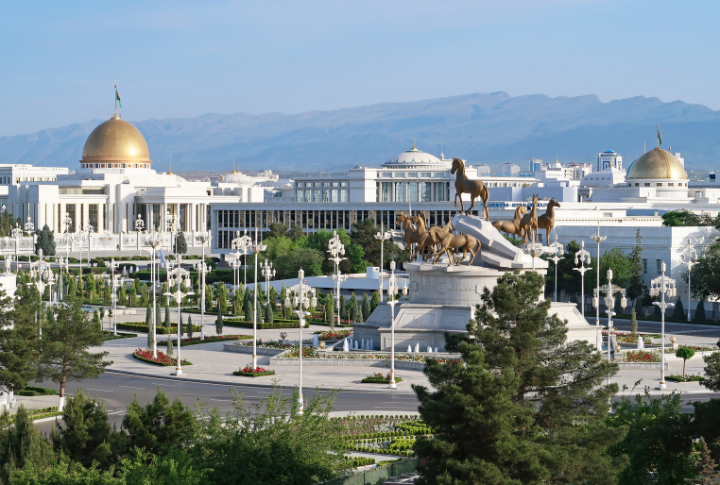
Ashgabat was built to showcase the authority and power of the Turkmen government. This focuses on political and administrative functions rather than creating a livable, functioning urban space for everyday people. That left the city somewhat hollow, lacking the kind of activity you’d expect in major capital cities.
Forest City, Malaysia
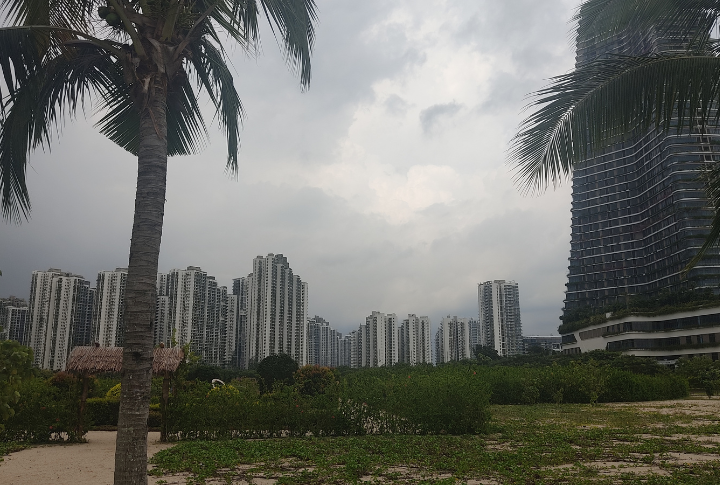
Government regulations and financial troubles halted the influx of buyers, leaving the city abandoned before it could live up to its promise. Stretching across four man-made islands, Forest City was designed to be an ultra-modern, eco-friendly metropolis. The plan was to have high-tech smart homes, green rooftops, and an advanced transportation network.

